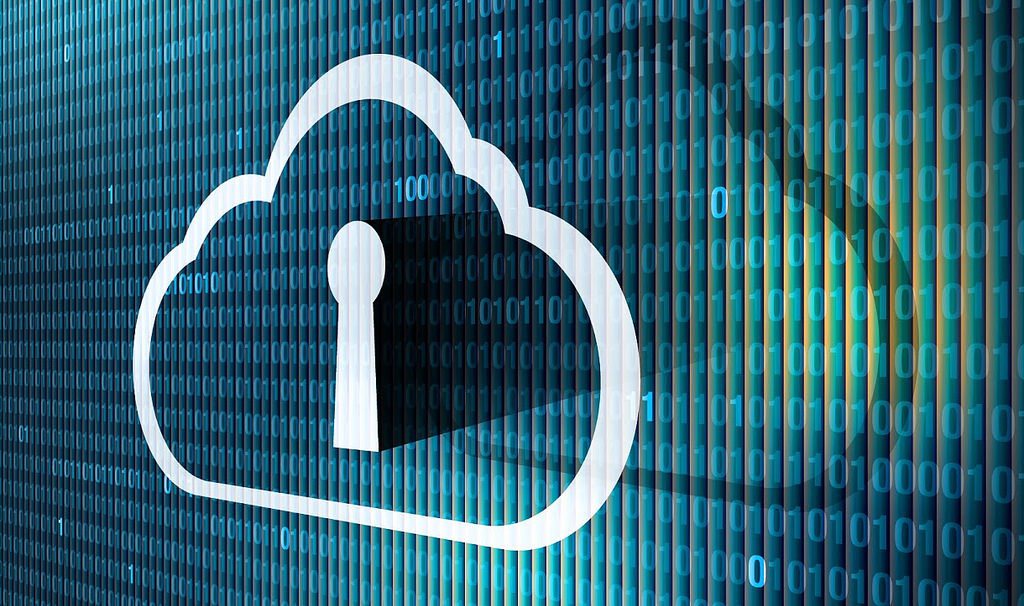ESET’s Phishing Derby Quiz tests Canadians cyber security awareness
The number of employees working remotely over the past year has grown exponentially. While working from home comes with its unique perks for both the employee and company, employers need to take proper precautions to ensure the increase in remote working pandemic doesn’t expose them to greater cybersecurity risks.
Workers often don’t have the same level of cybersecurity at home as they do in the workplace, leaving them vulnerable to intruders looking to gain access to confidential data.
With technology now being an integral part of everyday life and many tasks transitioning from the analog to the digital space, it is now more important than ever to protect our digital lives from continuously evolving cyber-threats. For cybercriminals, everybody is a potential target — government officials, celebrities, tech CEOs or the average citizen.
We are connected more than ever before, with Internet-enabled devices steadily becoming more integrated into our lives and homes with each passing day. We use voice assistants to help manage our daily activities, our smartphones are connected to our security cameras and smart doorbells as well as smart household appliances; you can now check if your washing machine has finished its cycle or if your dinner has been properly heated. You can use your smartphone to check the contents of your fridge while in the middle of the grocery store. Everything is available at the tap of a finger on your smartphone’s screen.
However, all of these marvels of technology also introduce a slew of potential risks and avenues for cyberattacks. But being aware of how these devices impact our lives and what risks they carry allows us to handle them more responsibly and take steps to mitigate those risks.
It’s important for organizations to maintain high security while more staff work remotely by employing several precautions, such as:
- Consider promoting, or even mandating, the use of a connected home monitoring app before allowing work devices to be connected to home networks. The scan or monitoring will highlight devices with known vulnerabilities, outdated software or firmware, or default passwords that need to be changed.
- Establish if the employee needs access to the organization’s internal network or just access to cloud-based services and email. Take into consideration whether the same level of access to sensitive data enjoyed on-site should be granted when the employee is off-site.
- In the rush to provide remote access, don’t sacrifice cybersecurity or the ability to manage systems and devices. The ability to support users remotely will be essential to ensure smooth operations, especially if users become quarantined due to health concerns.
- Consider providing employees with new training, such as ESET’s cybersecurity awareness training. This training is specifically designed to educate your workforce—because employees who recognize phishing, avoid online scams and understand internet best practices add a vital layer of protection for your business
To raise awareness around cybersecurity, ESET challenges Canadians to take its Phishing Derby Quiz.
This quiz will challenge your security expertise. The quicker and more accurately you respond, the higher your score will be.
For more cybersecurity tips, please visit welivesecurity.com.


